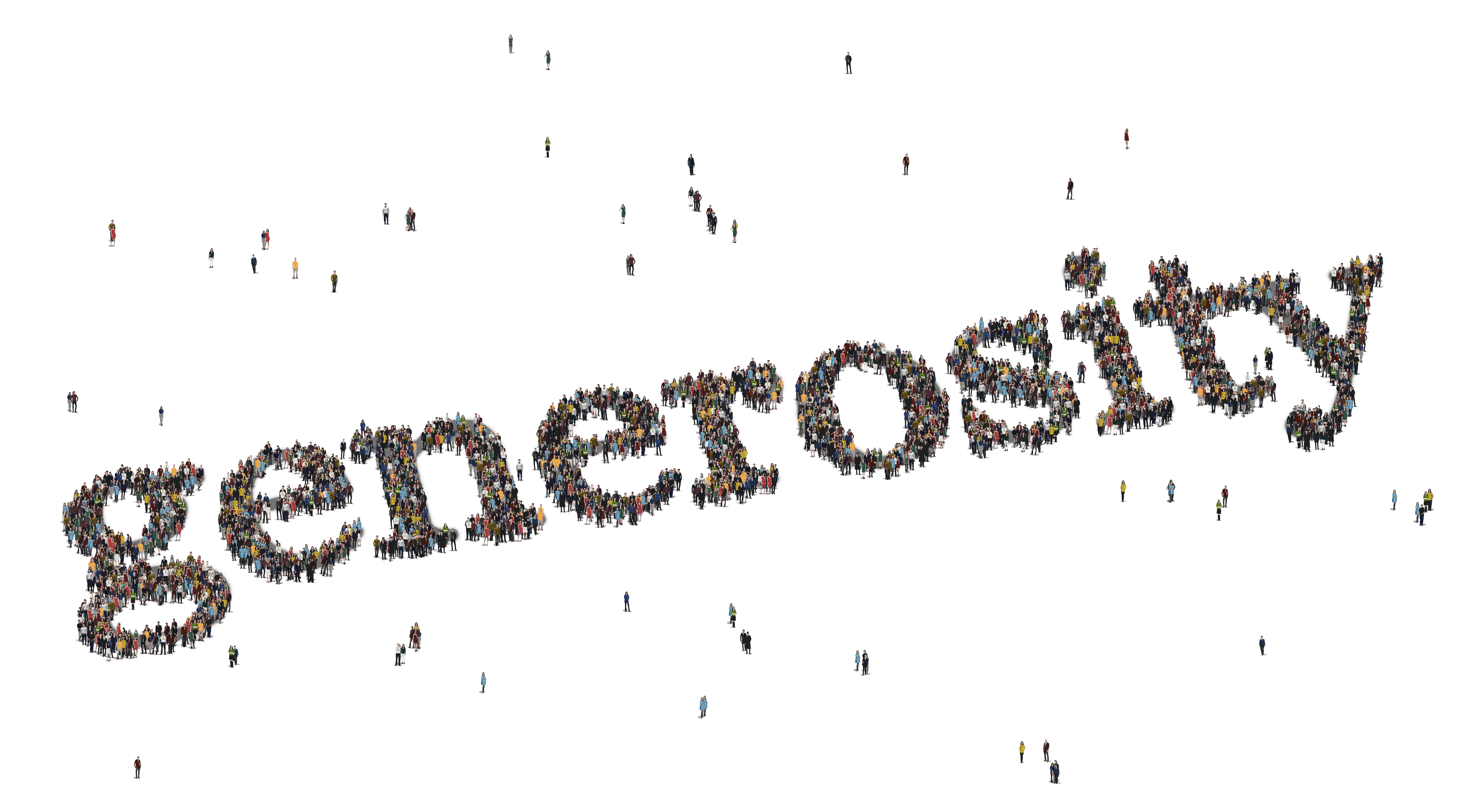
No, not R.O.I.
R.O.G.
That’s Return On Generosity.
And it’s a concept taking flight in 2020, amplified by the earth-shaking events wrought by COVID-19. A recent story in Forbes – “Return On Generosity (ROG): New Metrics For A New Generation Of Sports Fans” focuses on a new company, Recipric, and its founder, Kristen Fulmer.
Writer Kirk Wakefield notes how the U.S. is famous for its giving nature, and that “translates into fan expectations that leagues and media with money will donate to Covid-Relief initiatives.”
And so it is for broadcast radio.
Kristen talks about redefining the “Home Field Advantage” for sports franchises by measuring the generosity of teams, organizations, and sports celebrities.
Broadcast radio has some of those same attributes – many stations are charitably active throughout the course of the year. And like sports franchises, their giving and events are focused on their local markets and their hometown fans.
Just as we’ve seen in radio, COVID-19 has brought out the best in many sports franchises, especially located in markets where the virus has thrived. And that activity provided lift for Recipric to begin cataloging how teams have stepped up at this critically important time.
I’ve had the opportunity to compare notes with Kristen, get an understanding of her company’s mission, and share it with you.
As you read her responses to my questions, think about how they might apply to the radio business to help provide broadcasters with an edge and a way to demonstrate how radio’s generosity can become something more measurable and additive to a station’s relationship with its fans, advertisers, and community leaders.

Fred: What is Return On Generosity, and why is it important for sports franchises to add another stat that measures a team’s good deeds?
Kristen: Return on Generosity is the mission-driven version of a ‘Return on Investment’ measurement. This metric evaluates the ‘return’ to organizations for their community, social equity, and environmental sustainability efforts and operates with the thesis that sports organizations are better for their community than simply ‘playing the game.’
Though it may seem obvious that ‘doing good’ is important to organizations, there has not been a method to quantify this payback. The goal of quantifying the Return on Generosity is to prove to organizations, sports or otherwise, that ‘doing good’ makes business sense and will therefore catalyze more of it.
Fred: Which sports franchise has a particularly high ROG, how have they accomplished it, and why is it important?
Kristen: We’re actually currently sourcing organizations to pilot ROG for COVID Relief specifically – This pilot will be the best test case for ROG because it  can capture specific ‘assets,’ such as PPE given, meals delivered, readapting venue space, and dollars donated. I’m interested in expanding this to also address the responses, commitments, and community relief efforts of the Black Lives Matter movement.
can capture specific ‘assets,’ such as PPE given, meals delivered, readapting venue space, and dollars donated. I’m interested in expanding this to also address the responses, commitments, and community relief efforts of the Black Lives Matter movement.
In general, individual athletes, such as Lebron James, sports organizations, such as the Philadelphia Eagles, or brand partners such as NRG, are well known to address social and environmental sustainability. They’ve established themselves as leaders in the industry, mostly through fan engagement and social media, but the next step is to quantify the power of their leadership.
This quantification is so critical because it gives other organizations the power to recognize and associate the connection between ‘doing good’ and ‘business success.’
In sports, business success is largely about fan loyalty, which drives lucrative sponsorships. ROG is a way to bring this full circle, enhancing and elevating each of those components of what I call, ‘Home Field Advantage‘.
Fred: In these COVID times, are you seeing teams in specific markets – OK, like Detroit – step up?
Kristen: Studying COVID response has been particularly interesting because the shut-down and generosity was so ‘of the moment.’ For example, when New York City was in the spotlight as the world’s “hotspot” and there was a mass PPE shortage, local professional sports teams moved quickly to donate extra materials for masks and hospital gowns.
In retrospect, it’s difficult to grasp the urgency of 1,000 masks, for example. But at the time, this was an incredible act of generosity and the best way that a team could have provided support during those few weeks of dire emergency, but looking back on it, it’s easy to say, “That’s it?!”
Urban centers tend to be home to pro sports teams and also tend to be points of higher concentrations of Coronavirus. That said, in nearly every market, pro sports teams have leveraged their local power to provide community support. Recipric has studied this extensively and has found fascinating correlations between individual athlete’s contributions to their hometowns and the locales in which they play.
Brand partners also show interesting trends , where their generosity exists in markets in which they operate, in which they have an affiliation with teams, and in which they are headquartered.
A larger ‘roll call’ of some of this generosity is listed here, but here are a few examples from Detroit, specifically: 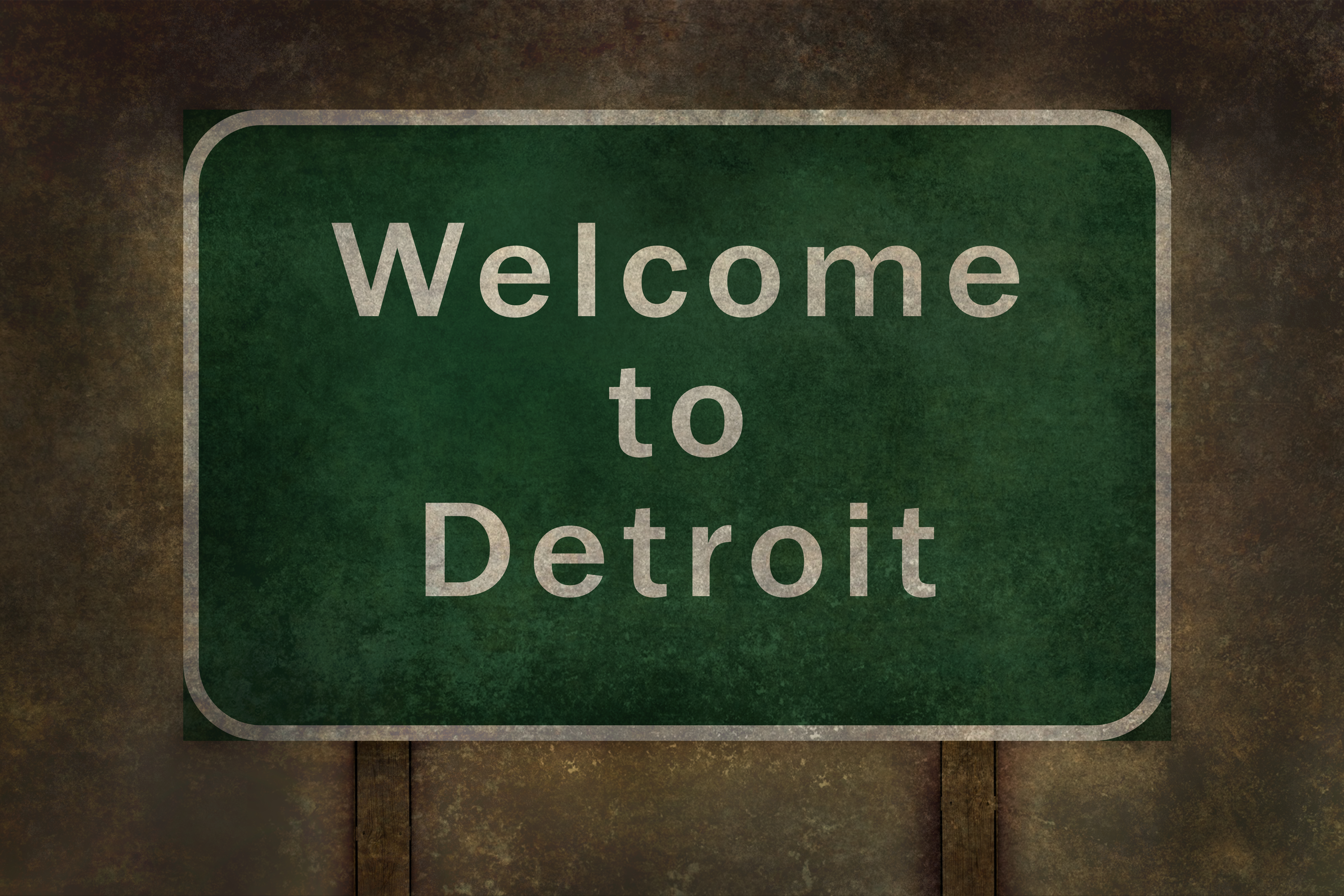
- The Pistons and McDonalds partner to provide free meals to healthcare workers during the month of May
- Comerica Bank, the sponsor of the Detroit Tigers, contributed $4M contributed to Covid Relief.
- Michigan Governor Whitmer created an initiative with players from the Lions, Pistons, Red Wings, and Tigers to share a call to action for healthcare volunteers.
- Ford, the Lions’ sponsor (and owners), pledged $500k to local community organizations for Covid Relief.
- The Red Wings team and players donated $1M to pay game day staff for missed games.
Fred: How can radio stations think in terms of ROG, and how might it benefit their brands, their audiences, their sponsors, and their communities?
Kristen: Corporate responsibility, community giving, and even environmental sustainability has historically been considered a ‘nice to have,’ but not critical to business success. However, in recent years, and especially through the public health crisis and racial justice movements of the first half of 2020, that notion is quickly evolving to a “need to have.” Of course, these qualitative elements of generosity are difficult to measure in any industry, but can be narrowed down into a definition of how that generosity was shared with the user.
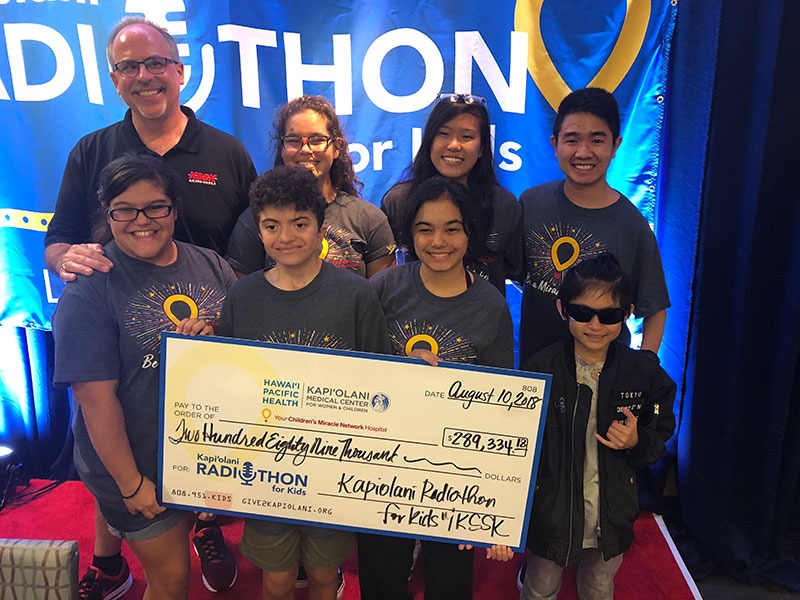 In radio, this may be a “radiothon” fundraiser, a partnership with a local charity, or even a special guest feature. The ROG quantification is set up to measure how those moments of giveback resonates with fans, listeners, audiences, and others.
In radio, this may be a “radiothon” fundraiser, a partnership with a local charity, or even a special guest feature. The ROG quantification is set up to measure how those moments of giveback resonates with fans, listeners, audiences, and others.
In sports, those “moments” are defined as an “asset.” In stadiums, this may be any way the initiative engages with fans through the five senses and could look like a sponsored sign, a specific hashtag campaign, a moment of silence, a new food, etc…
In radio, listeners are largely connected by one of their five senses, so these “assets” may be more simple to define. I’d recommend that radio stations hone in on a specific mission-driven initiative that has been successful in the past and gauge the feedback of the audience:
Do they think the station is more generous because of that initiative? Are the partners involved in the initiative trusted by listeners? Are listeners more willing to change their behavior because their favorite radio station is taking positive action?
Fred: You talk about “Home Field Advantage.” Radio stations are defined by their local roots, their cities of license – something other brands (satellite radio, Spotify, etc.) don’t have. Can you define what it is and why matters?
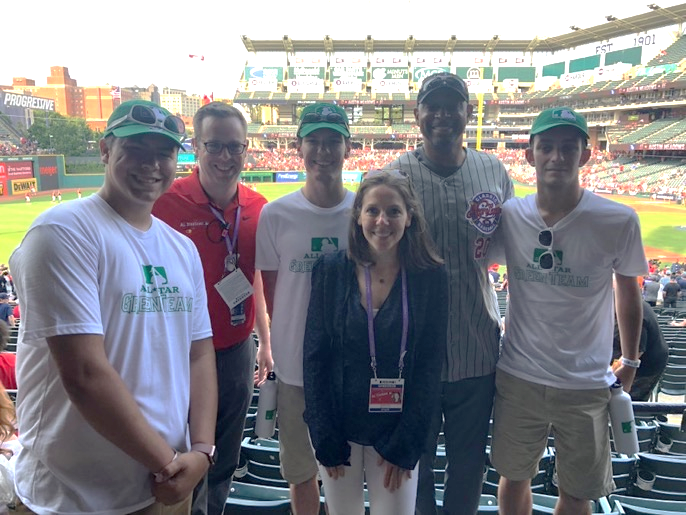
Kristen: In sports, defining the magic and the power of “Home Field Advantage” is pretty difficult – It’s a multi-sensory experience that energizes community and enhances local pride. I often speak about the untapped elements of “Home Field Advantage” What are all of the ways franchises can unleash more team pride and loyalty, therefore driving fan engagement and promoting the business?
I’d guess that the localized commercials on Spotify may not give listeners the same warm fuzzies of a local radio station’s relevant specials or “If you know, you know” moments.
Local radio is a curated set of content that can only be from one place. A DJ may choose to play a set of somber songs to address a local tragedy, they may discuss an upcoming event and even broadcast live from that event, and they have the power to encourage listener behavior change, such as a reminder where a voting station is located.
These are all mechanisms for local radio to resonate and gain trust and loyalty from listeners the same way a sports team does. Radio stations have the power to energize community and enhance local pride, and can even connect listeners to sports, further driving that local spirit.
Fred: Are we entering a period when the value of public service is heightened? Should brands be more mindful of adding charitable activities and events to their strategic plans?
Kristen: Recent studies suggest consumers are more loyal to brands that have impact-driven missions. When corporations do things for people and for 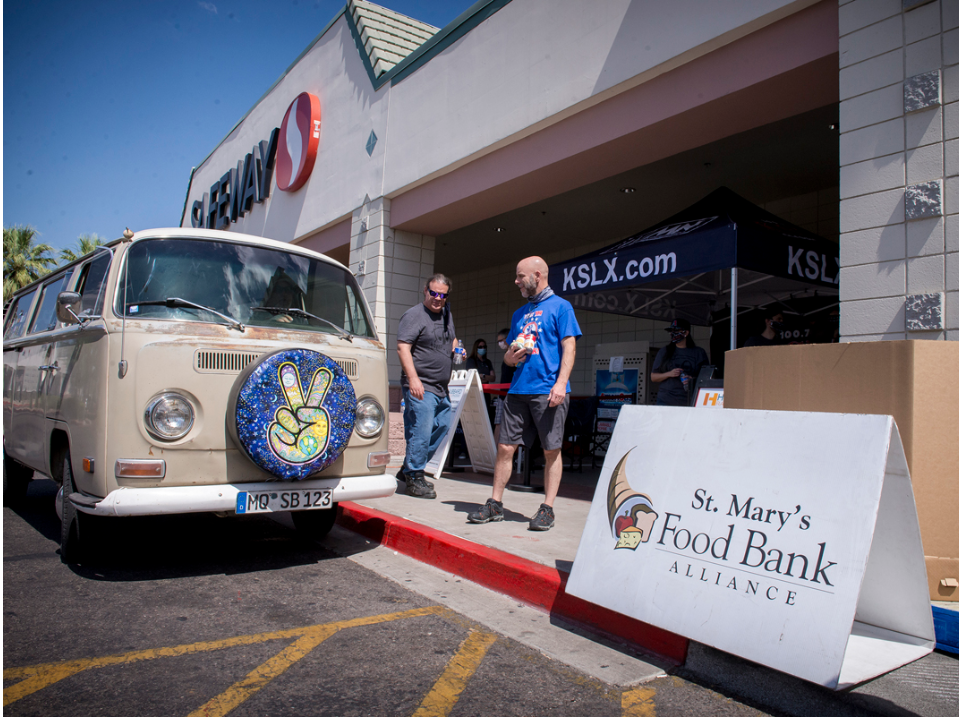 the environment, it makes the consumer engagement with a brand more than just a transaction. This is an opportunity for the consumer to see new ways that businesses are using their money and more likely than not, there may be a way for that consumer to actually benefit from that mission-driven effort.
the environment, it makes the consumer engagement with a brand more than just a transaction. This is an opportunity for the consumer to see new ways that businesses are using their money and more likely than not, there may be a way for that consumer to actually benefit from that mission-driven effort.
This more circular business strategy results in resiliency through times of crises (consumers want to support the brands they don’t want to lose), drives employee engagement and positive company culture, and ultimately encourages consumer engagement and loyalty to sustain the core business and promote innovation.
That was the long answer to yes, brands should be more mindful to identify moments for positive impact that align to their mission and core values because they will not thrive, and possibly not survive, without it.
There’s a lot here, but for radio stations that have made commitments to community involvement and generosity, the idea of measuring the impact of charitable activities is something that is never done. You do these events, and hope someone notices.
In these times when consumer expectations of brands is changing and awareness of good deeds is heightening, the approach Kristen and Recipric are talking about makes a lot of sense for radio – an industry that truly engages in random acts of kindness, often not getting credit for its contributions.
Measring the impact of generosity and giving is a different way of assessing and understanding its impact, whether you’re an organization like Children’s Miracle Network Hospitals involved with broadcasters in hundreds of radio markets, or you’re a station that simply has that proclivity to do good deeds for your community.
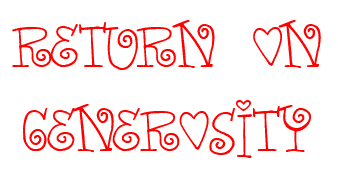 Beyond the obvious benefit of providing support for the local community and deserving organizations, determining a station’s R.O.G. is also smart business. While many of these initiatives are sponsored, sales efforts are centered around “feel good” metrics and quantities of promos, mentions, and logos on websites. Having a means to quantify the benefit of sponsorship for the client potentially enables radio stations to grow financial support for their efforts.
Beyond the obvious benefit of providing support for the local community and deserving organizations, determining a station’s R.O.G. is also smart business. While many of these initiatives are sponsored, sales efforts are centered around “feel good” metrics and quantities of promos, mentions, and logos on websites. Having a means to quantify the benefit of sponsorship for the client potentially enables radio stations to grow financial support for their efforts.
For some stations and the companies that own them, it’s just part of their DNA.
Now, we get to measure their ROG.
- What To Do If Your Radio Station Goes Through A Midlife Crisis - April 25, 2025
- A 2020 Lesson?It Could All Be Gone In A Flash - April 24, 2025
- How AI Can Give Radio Personalities More…PERSONALITY - April 23, 2025




We came up with F.L.A.G.
Even though I wasn’t affiliated with a station I used my pull to help FLAG
Which stands for ” Front Line Appreciation Groud” feeding nurses,doctors, ems ect in the front line of this crisis and raised a significant amount bof money and food for them.
~screamin
Good one, Scott. Thanks for the commment.
Great piece Fred. I will admit to taking community service for granted earlier in my career while treating the $100 an hour contest with much more care and consideration. However after seeing the power of what strong brands can do to make a positive impact in their local communities, and how that resonates with both consumers and advertisers, I am absolutely a believer. And it is particularly effective now when there is a combination of tremendous need and limited entertainment distractions.
I think a lot of people are coming around to this, Dave. I know the Coleman folks are reassessing the hierarchy themselves, and I’m looking forward to seeing if their thinking has changed by COVID and a heightened spirit of activism and cause marketing. Thanks for the comment and congratulations on seizing the moment in Phoenix.